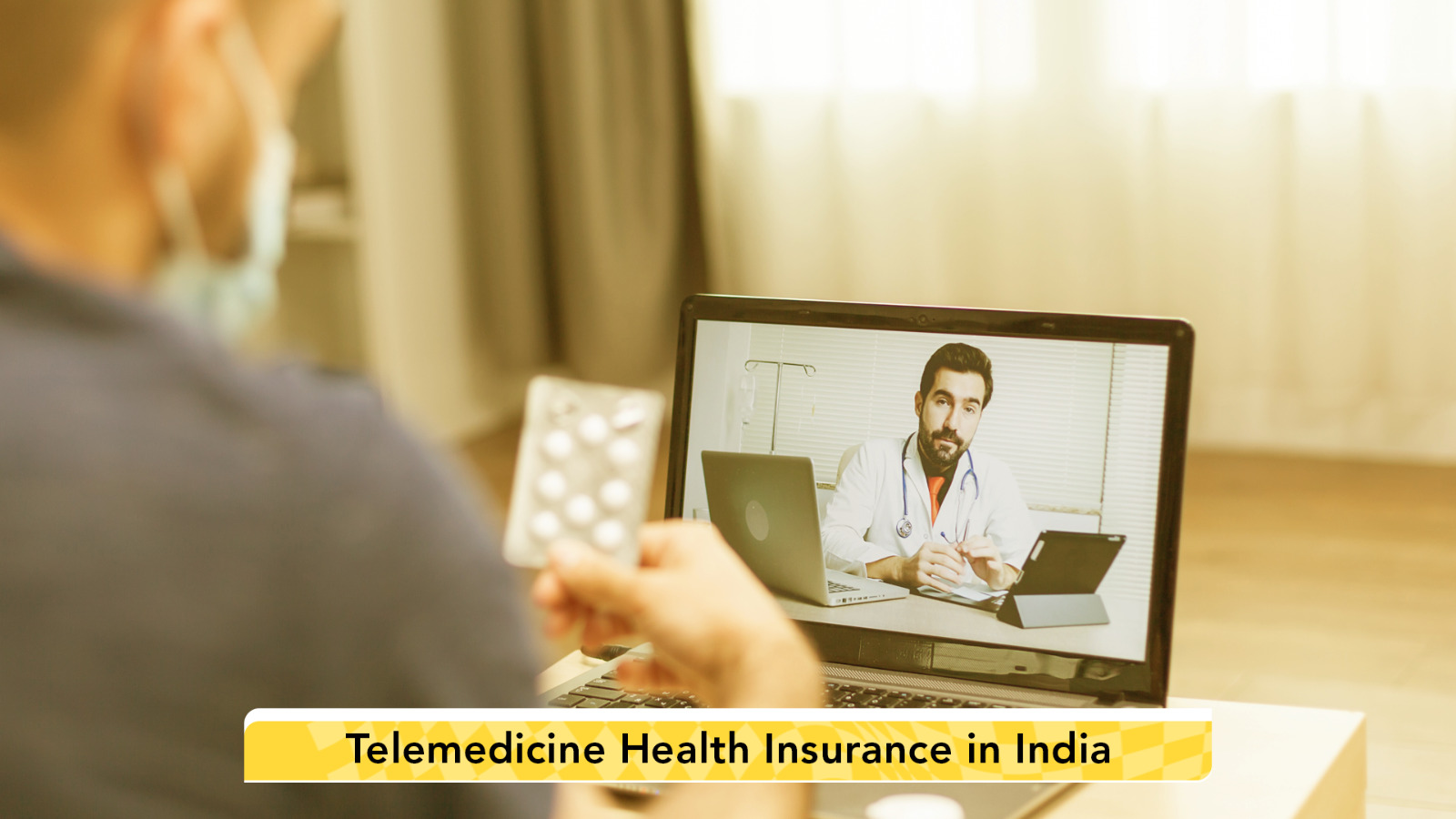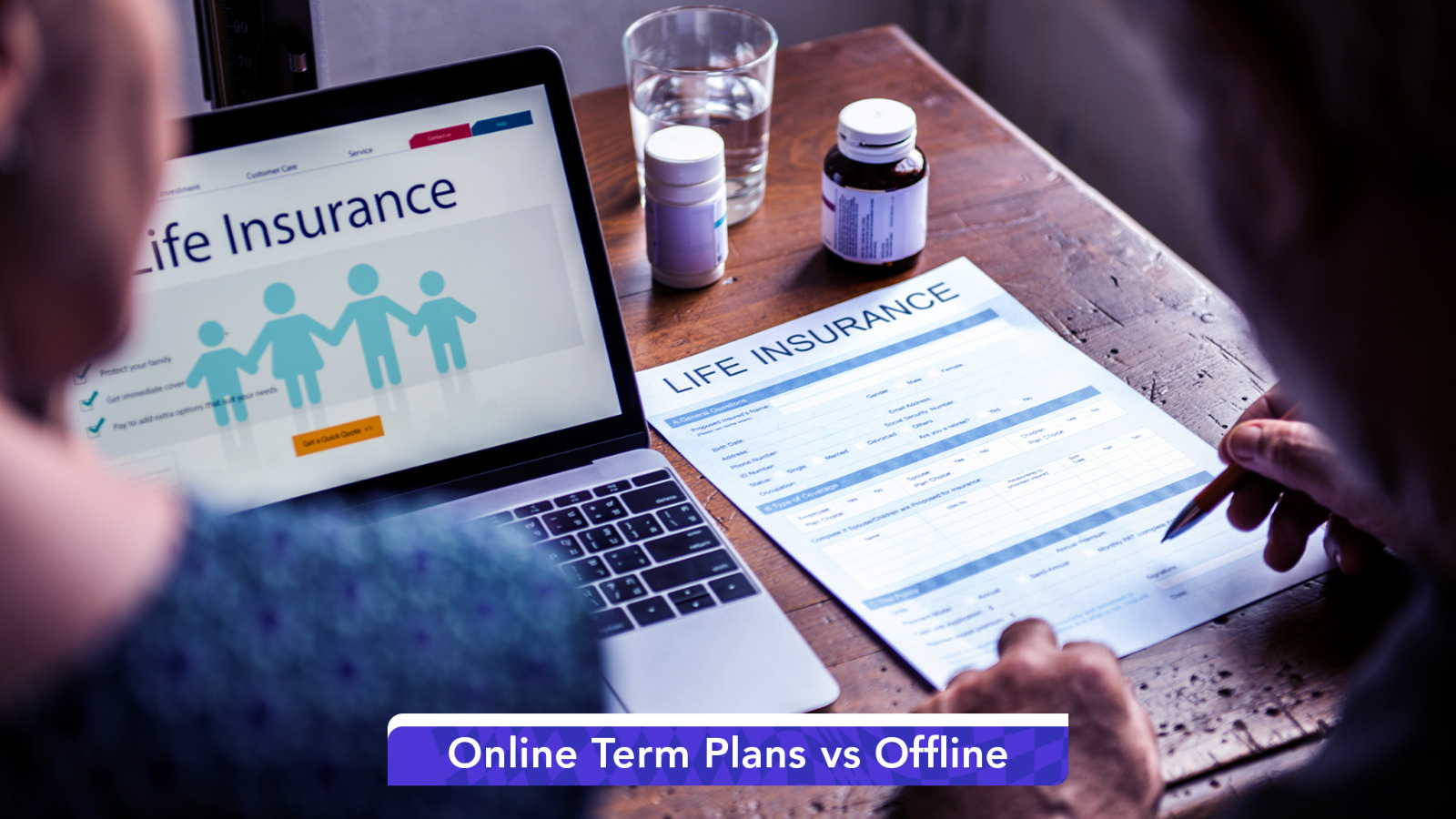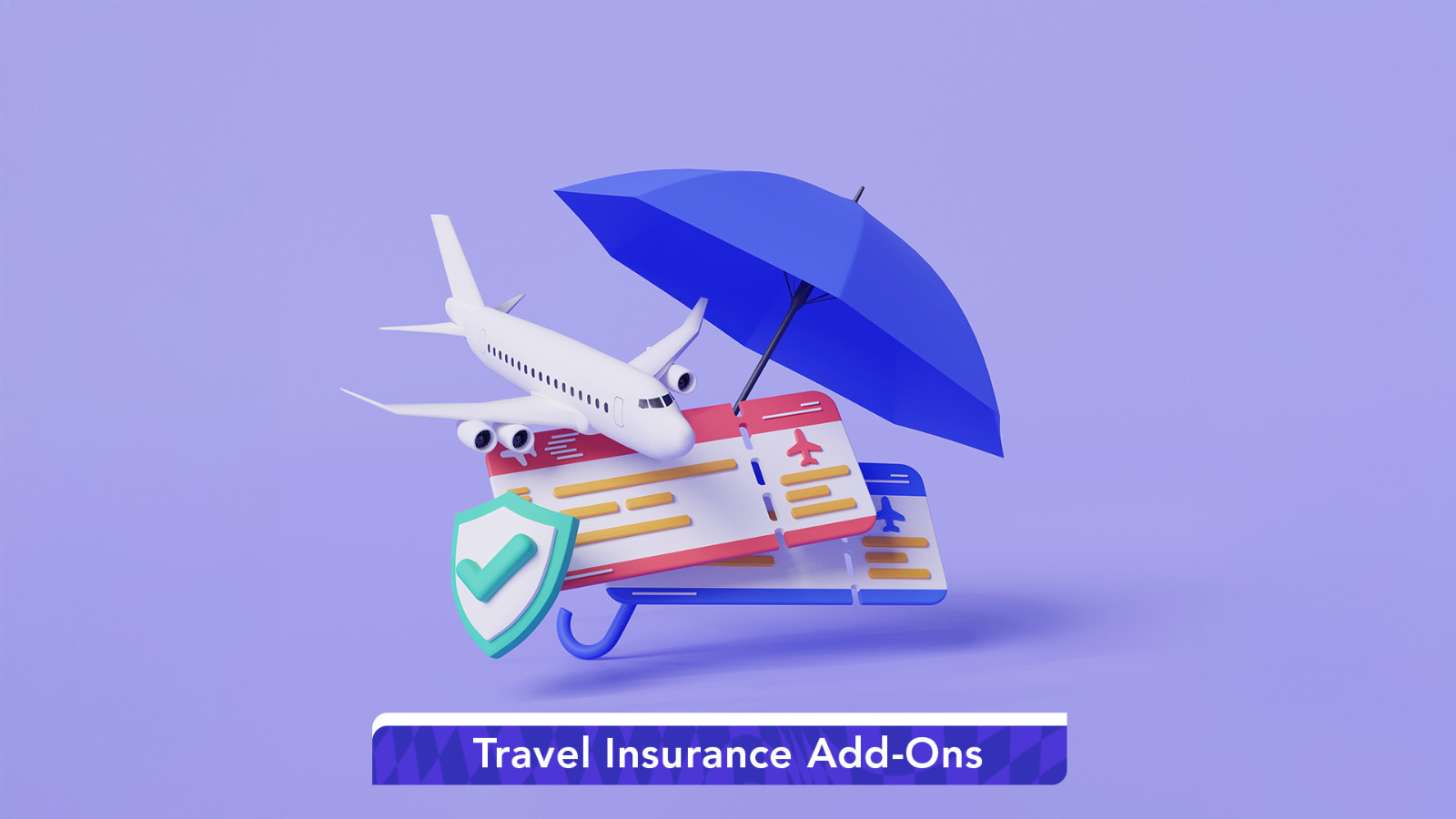Imagine waking up with a fever in a small town, miles away from the nearest specialist. Instead of traveling hours and sitting in a crowded waiting room, you grab your phone. Within minutes, you’re on a video call with a qualified doctor, getting advice and a prescription, and your health insurance covers it. This scenario is now a reality for many, thanks to telemedicine health insurance. Telemedicine coverage allows policyholders to consult doctors remotely via phone, video calls, or online chat, so you often don’t need an in-person visit to get medical advice. In India, insurers have increasingly added teleconsultation benefits to their plans, especially after the pandemic, making healthcare more accessible and convenient than ever
What is Telemedicine Coverage in Health Insurance?
Telemedicine means consulting a doctor remotely through phone, video call, or a verified online platform. When your health insurance includes telemedicine coverage, it pays for those online consults much like a regular clinic visit.
Most Indian policies cover hospitalization as standard. OPD (Outpatient Department) benefits which covers for doctor consultation, medicines, and tests are often optional add-ons in individual plans, but many group (corporate) policies include OPD and teleconsults by default. In simple words, if your plan pays for OPD visits, it usually pays for teleconsultations too.
Big Win: Faster help, smaller bills, and easier access to specialists especially useful if you live in a small town or travel often.
Individual vs Corporate (group) plans, what’s different?
- Individual/family plans: Telemedicine is typically included under OPD riders or comprehensive plans. You may have a yearly OPD limit (Exa:₹3,000 to ₹10,000). Teleconsult fees count against this limit.
- Corporate (group) plans: Many employers offer built-in teleconsult quotas (Exa:3 to 6 free calls) and cashless access via a partner app. Some include mental health tele-counseling and second opinions too.
Note: If your HR sent an insurance e-card and an app link, you probably already have teleconsults you’re not using.
What’s usually included?
- General consults: Fever, skin rashes, stomach upsets, minor infections, and diet queries.
- Follow-ups: Post-surgery reviews, medicine adjustments, report discussions no need to travel again.
- Mental health counseling: Video/phone sessions with licensed professionals.
- Second opinions: Quick specialist views before you commit to a costly procedure.
- Sometimes included: E-prescriptions, basic diet/physio advice, and care navigation (which test, which department, where to go).
Note: Telemedicine is ideal for non emergency situation. For severe symptoms (breathing trouble, chest pain, heavy bleeding), The user must go to a hospital.
How does a telemedicine claim actually work?
- Find the approved route: Many insurers partner with specific apps/hospitals for cashless teleconsultation. Use those first.
- Book & consult: Share symptoms on chat/call/video. Keep it clear and short.
- Get documents: Save the e-prescription and consult summary (doctor’s name, registration number, date/time).
- If not cashless: Pay the fee and reimburse under OPD. Submit e-prescription, invoice, and proof of payment within the stated timeline.
Note: If you use the insurer’s partner app, you often skip the paperwork..
Common mistakes & insurer tactics to watch
- Assuming OPD is automatic: Many individual plans don’t include OPD by default. It is better to check your policy schedule
- Using non-network apps: If your plan specifies a partner platform for cashless consultation, using another app may results into reimbursement or even a rejection.
- Missing documents: Claims can be denied if the e-prescription is incomplete or lacks the doctor’s registration number, date, or clinic details.
- Ignoring sub-limits: “Unlimited consults” may actually mean unlimited within the OPD limit. Also, some policies cap specialist fees higher than GP fees.
- Medicines/tests not covered: Tele-consult is covered, but pharmacy or diagnostics may not be, unless your OPD explicitly says so.
- Timeline trouble: Reimbursement windows can be short (Exa:7 to 15 days). If you miss it, then the claims can be refused.
- Fine print on mental health: Some plans covers only counseling, not psychiatric meds under OPD. So it’s better to read the policy carefully.
Pro Tip: A 2-minute read of your OPD policy can save 2 weeks of claim arguments.
Pro tips to get most value
- Find your route: Note the exact app/helpline your policy supports for cashless teleconsults.
- Use free quotas first: Many corporate plans offer free teleconsults. Use those before dipping into OPD money.
- Bundle wisely: If you need tests/meds, ask the doctor to prescribe them all at once so that all bills align with the consultation date.
- Keep clean records: Save e-prescriptions, invoices, payment proofs, and chat summaries as PDFs.
- Choose the right doctor type: Use a General Physician for common issues, specialist only when needed, This maintains your OPD budget.
- Mental health access: If you’re unsure, ask HR/insurer specifically: “Do we have tele-counseling, how many sessions, cashless or reimbursement?”
- Second-opinion smartness: Before surgeries or expensive treatments, take a tele-second opinion which often get covered and hugely valuable.
- Know limits: Note annual OPD limit, per-consult cap, and any co-pay (your share of the bill).
- Outside network? If you must use another app/doctor, confirm if reimbursement is allowed or not and what are the proofs they need.
- Escalate politely: If a valid claim is refused due to a technicality, write to the insurer’s grievance cell with supporting documents.
Tiny glossary (30-second clarity)
- OPD (Outpatient): Care without hospital admission includes doctor visits, tests, medicines.
- Cashless: Insurer pays the provider directly, you don’t have to pay upfront (within policy rules).
- Sub-limit: A smaller cap within a larger cover (Exa: ₹1,000 per consult inside a ₹6,000 OPD limit).
- Co-pay: The percentage of the bill you must pay (Exa:10%).
Key Takeaways: Making the Most of Telemedicine
Telemedicine coverage makes healthcare faster, simpler, and more affordable especially for routine issues, follow-ups, mental health, and second opinions. For individual plans, consider an OPD add-on if you’ll plan to use it. For corporate cover, learn the app, note your free consults, and use them.
Remember, The best insurance is the one you know how to use. A quick policy read today can save you a ton of headaches tomorrow. If something feels off with your claim, don’t back down. Ask questions, keep your documents ready, and stand your ground with confidence.





